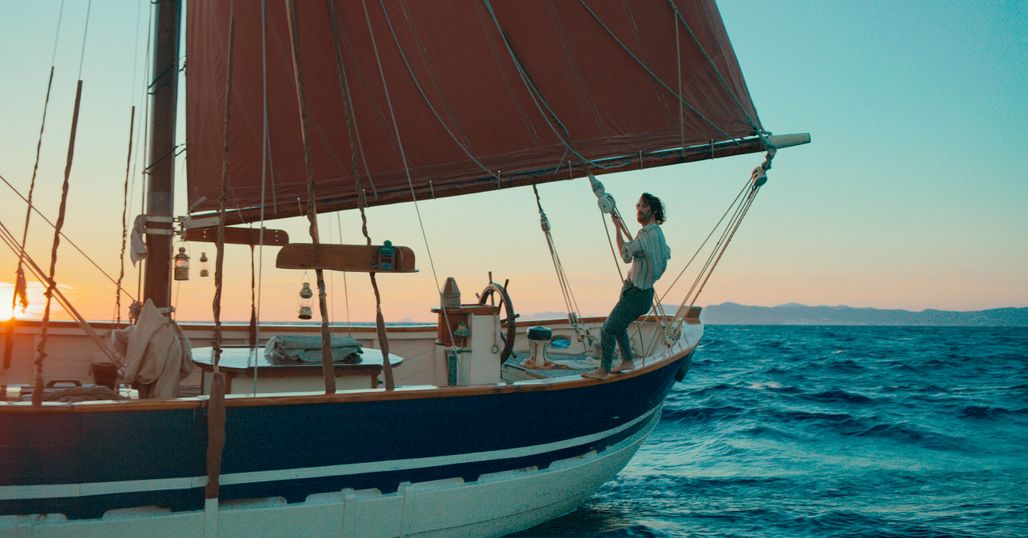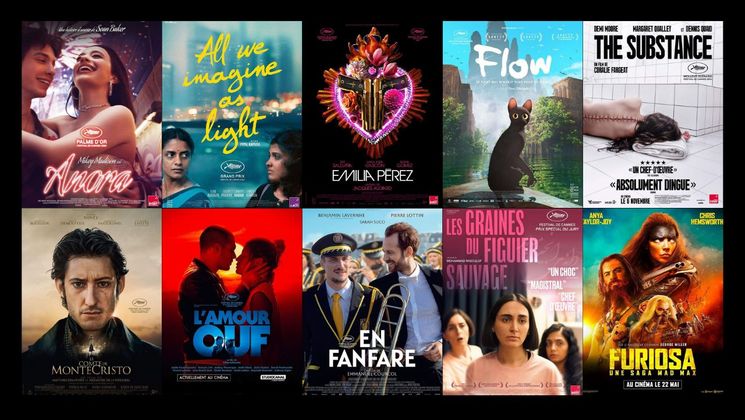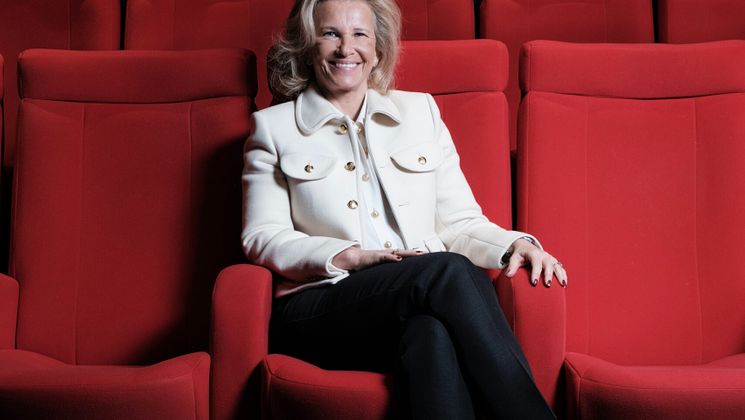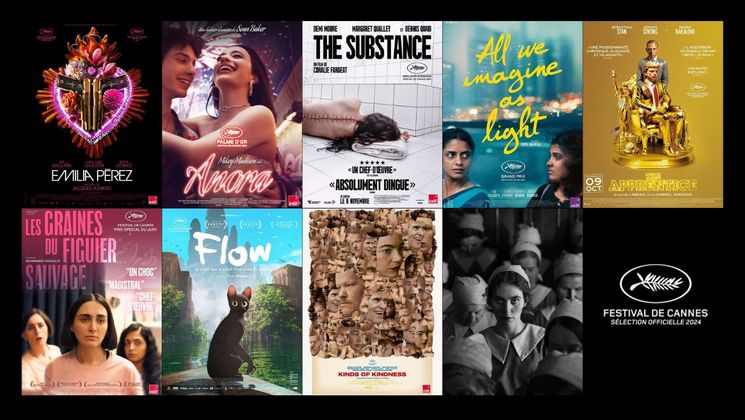
The illustrious Monte Cristo, as seen by Matthieu Delaporte and Alexandre de La Patellière

A year after the two-part release of Les Trois Mousquetaires (The Three Musketeers), Matthieu Delaporte and Alexandre de La Patellière present their directorial effort, Le Comte de Monte Cristo (The Count of Monte Cristo), starring Pierre Niney and presented in the Out of Competition section. Interview with the screenwriting and directing duo captivated by the novels of Alexandre Dumas.
Unlike Les Trois Mousquetaires (The Three Musketeers), which you adapted for Martin Bourboulon, this time you were directing. What inspired the way you directed the film?
Alexandre: This book spans a number of literary genres. There’s tragedy, romance, a great romantic story. We realised this on set. We never did the same thing with the crew. We went from interior scenes to epic sequences, from adventure scenes to darker ones. We went for something baroque to a certain extent.
How does this story of revenge resonate with our time?
Alexandre: It is a very accessible story because we become one with the character and want to take revenge with him. But as time goes by, he strays off course. There is a very harsh critique of Monte Cristo’s journey by Dumas, which allows the viewer to go on this introspective journey with him. In this world, which was violent back then and is not much less so today, we found that the idea of revenge had not aged one bit.
Matthieu: I also consider that Dumas’ novel is set during the early stages of the Industrial Revolution, at a time and in a society that were less aristocratic, when birth would soon become less important than money. And another interesting element is that Monte Cristo is a man with no religion, no country and no morals. He is not Robin Hood. He finds treasure and, instead of sharing it, keeps it for himself to satisfy his desire for revenge.
The casting seems self-explanatory but were the choices you made so straightforward?
Alexandre: We decided that we could not write our version of Monte Cristo without an actor in mind, despite having always refused to work that way beforehand. We got in touch with Pierre Niney, had a coffee with him and he accepted the part. We began coming up with this story, with the idea of turning the character of Monte Cristo into an avatar of Dantès by radicalising him, then worked back and forth with Pierre on a regular basis. After that, we were really lucky because we had drawn up a dream list of actors and they all agreed to come on board.
Matthieu: We needed the very best actors to make sure that the text, while faithful to the language of the 19th century, had a modern, fluid edge to it in this fantasised era. We never said to one another that we were making a period film, but we did not want to over-modernise the dialogue. For example, we asked the actors not to shorten words or omit syllables and we worked on the fluidity of this. The rhythm was so nice with them that it sounded very modern.


